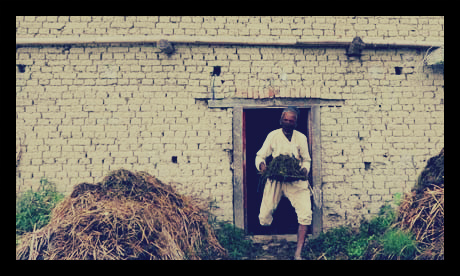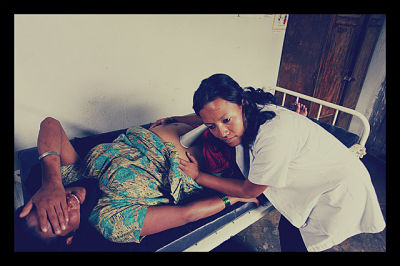
Instead of using the traditional nitrogen-rich fertilizer typically used to encourage crop growth, researchers in Nepal are experimenting with an unlikely candidate for fertilizer: human urine.
Urea, which is typically used as fertilizer, was found by researchers in Nepal’s capital to be inferior to human urine in fertilizing crops. As part of their research, compost was mixed with different types of fertilizer sources, including urine mixed with compost, and the combinations were tested on pepper plants. The plants in which a mix of urine and compost was used grew the tallest plants that bore the most peppers.
Scientia Horticulturae, who released the study, attributed the positive affect of the unique mixture to “reduced nitrogen loss and enhanced availability of organic carbon in the soil.” The researchers conclude that human urine could be a possible alternative to traditional fertilizers in enhancing sustainable agriculture.
The study goes on to point out that although the use of urine may enhance crop growth, the use of it alone is not sufficient to have a positive effect on plants – it must be used in addition to compost. Currently in Nepal, farmers are applying urine directly to soil, which is not efficient.
Urine alone does not contain organic matter to become a viable source of nutrients for crops, but does provide “faster-releasing nutrients that complement slow-release nutrients from compost, which has a higher content of organic matter and beneficial microbes.”
Researchers acknowledge that although the combination of urine and compost is sustainable, efficient, and cost-effective, marketing this to farmers may be difficult due to “cultural factors” and reluctance of farmers to handle human urine. Experts also cite that government subsidies to mineral fertilizers will stand in the way of widespread use of urine in agriculture.
– Christina Kindlon
Source: Guardian


 The United States Agency for International Development (USAID) recently completed another phase of their Nepal Economic, Agriculture, and Trade Activity (NEAT) project by creating a packet containing important agricultural information that is to be distributed to disadvantaged farmers in Nepal. USAID is working with Nepal’s Ministry of Agriculture Development in a joint effort to improve food security in the region while also helping farmers sell their crops in markets more easily.
The United States Agency for International Development (USAID) recently completed another phase of their Nepal Economic, Agriculture, and Trade Activity (NEAT) project by creating a packet containing important agricultural information that is to be distributed to disadvantaged farmers in Nepal. USAID is working with Nepal’s Ministry of Agriculture Development in a joint effort to improve food security in the region while also helping farmers sell their crops in markets more easily.
 Nepal’s maternal mortality rate (MMR), or the ratio of maternal deaths per 100,000 live births for reasons related to pregnancy or birth, has declined in Nepal over the last fifteen years. It is estimated that between 1996 and 2005, Nepal reduced its MMR from 539 deaths to 281. It was estimated in 2010 to be around 170.
Nepal’s maternal mortality rate (MMR), or the ratio of maternal deaths per 100,000 live births for reasons related to pregnancy or birth, has declined in Nepal over the last fifteen years. It is estimated that between 1996 and 2005, Nepal reduced its MMR from 539 deaths to 281. It was estimated in 2010 to be around 170.